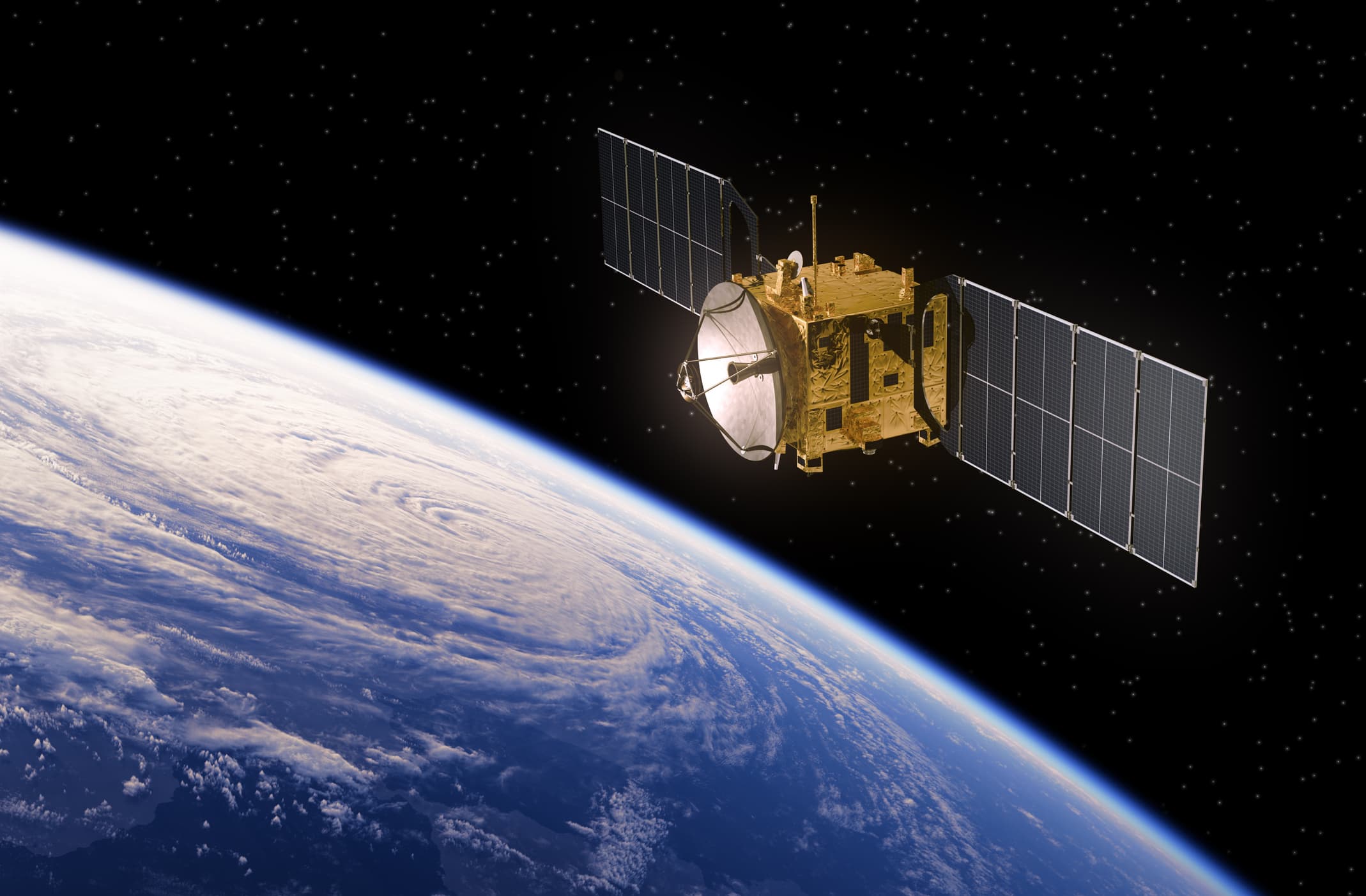Client
Inmarsat
Tech stack
Google Cloud
Solution
MLOps
Service
AI + Machine Learning

Client
Inmarsat
Tech stack
Google Cloud
Solution
MLOps
Service
AI + Machine Learning
Inmarsat is a world-leading mobile satellite communications company, headquartered in London, UK. It provides telephone, safety, navigation, and data services to many users worldwide through a fleet of 15 satellites in orbit 35,786km above the Earth, and its services play a critical role in maritime safety and supporting disaster response. Inmarsat partnered with Datatonic to transform how they manage their satellites by building big data infrastructure and deploying several real-time anomaly detection ML use cases on a reusable MLOps platform on Google Cloud. This infrastructure is useful for the Satellite Operation team, for both anomaly detection and self-service analytics capabilities, but can also be reused to scale AI across other areas of the business.
Anomalies on any of Inmarsat’s satellites can cause traffic outages, which could cause reputation damage for Inmarsat, so it is important to swiftly identify and recover from these anomalies. When there is an issue (anomaly), resolution requires the rapid analysis of data for fault isolation and recovery.
A notable portion of any outage period is the triage phase – reviewing historic and actual data – to identify and initiate recovery actions. The large volume of data that must be reviewed and inability to perform any large-scale analysis or ML resulted in slower resolution times.
While Inmarsat had already identified and prototyped a handful of ML use cases, it needed the right infrastructure on the Cloud to develop, deploy, and optimise its Machine Learning models. In addition to this, because Inmarsat’s Satellite Operation processes are very time-sensitive, the anomalies generated by the model needed to be served in real-time. This would allow the satellite operation experts to proactively intervene and mitigate any issues that could hinder service quality.
“This was an interesting new challenge for us to tackle, with unique obstacles to overcome. First, we worked with Datatonic to figure out a way to securely and reliably stream telemetry data from our monitoring and control system into Google Cloud. The second challenge was to then unleash the potential of that flowing telemetry data by developing an ecosystem for machine learning and analytics, using Dataflow, BigQuery and Vertex AI.” – Ben Appleby, Spacecraft Analyst, Inmarsat
The main area of work was to build an MLOps platform to enable Inmarsat to efficiently develop, deploy, and productionise its strategic Machine Learning use cases, and establish a clear process with a set of best practices so that it could scale Data science across multiple initiatives. In order to achieve this, Datatonic worked closely alongside Inmarsat to:
“Datatonic helped us overcome our challenges and lay the foundations for a cloud-based environment that is suitable for supporting the complex needs of Satellite Operations.” – Ben Appleby, Spacecraft Analyst, Inmarsat
Inmarsat’s Satellite Operation team can use advanced analytics and machine learning to transform their space-segment infrastructure management and be more data-driven. In addition to this, the MLOps platform enables the organisation to harness additional value from every ML initiative across the organisation by developing, optimising & deploying ML use cases quickly & at scale.
Finally, it also greatly reduces the costs associated with developing new Machine Learning models and enables these models to provide long-term business value with model monitoring and retraining. Our new analytics solution also means that Inmarsat can now build new types of reports and conduct analysis that it never previously could.